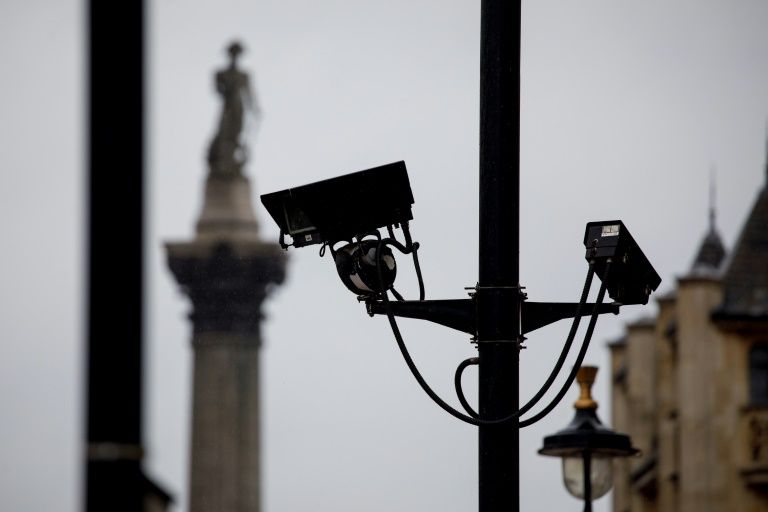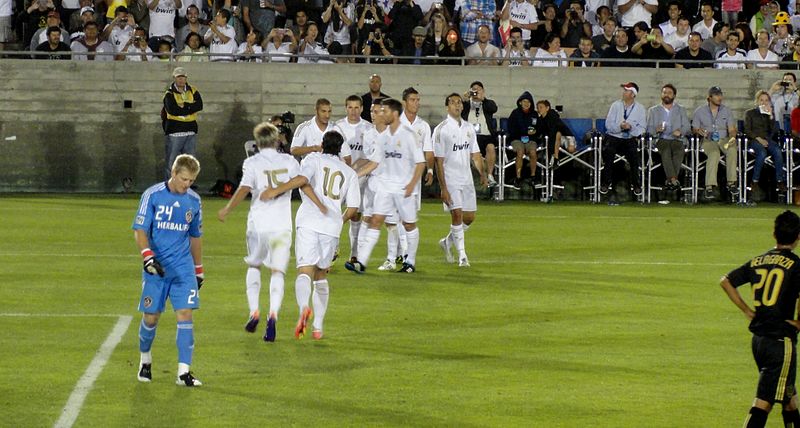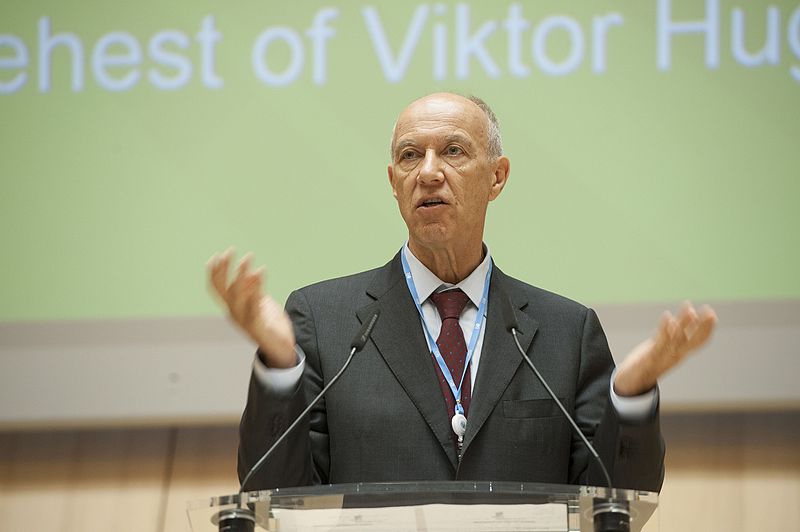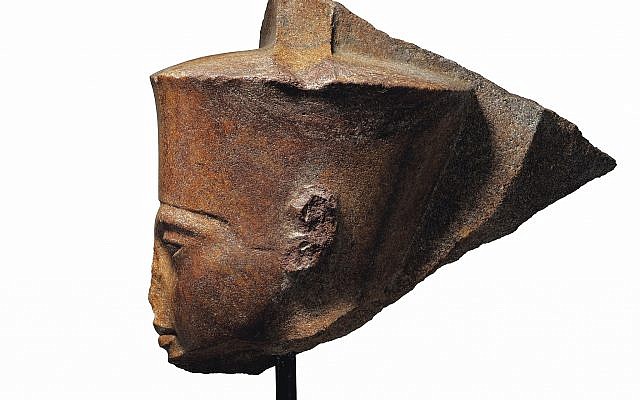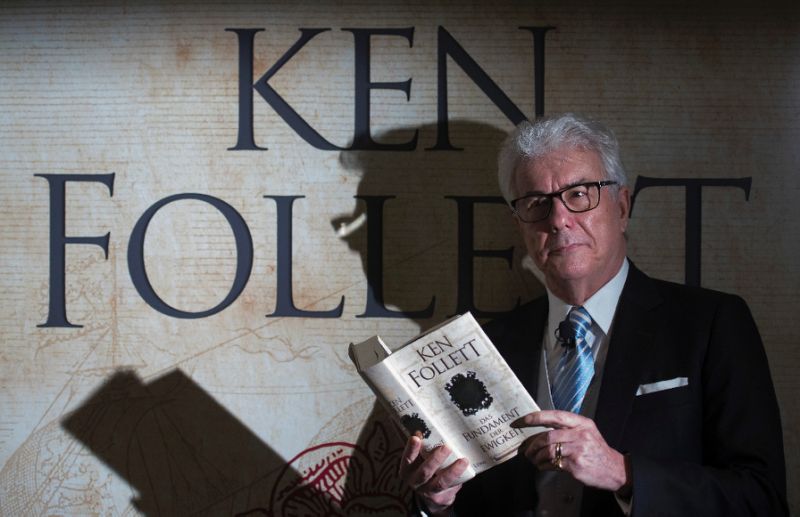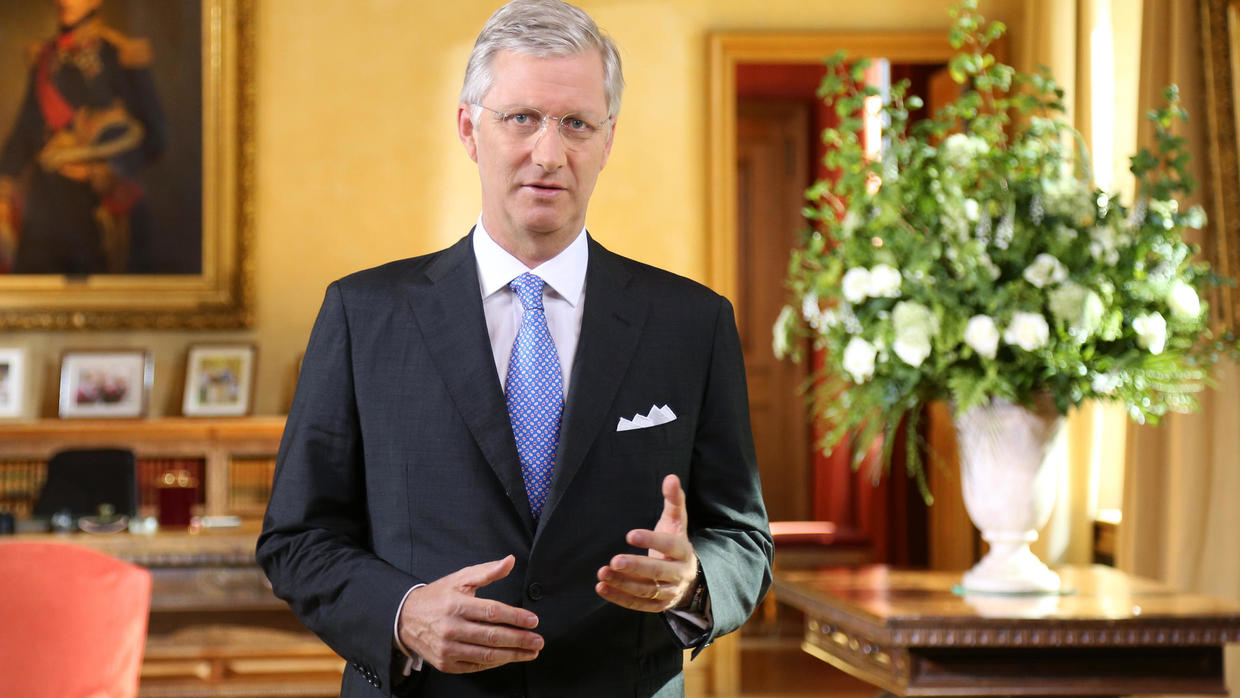
Albert Einstein's general theory of relativity is about to celebrate its 100th anniversary, and his revolutionary hypothesis has withstood the test of time, despite numerous expert attempts to find flaws.
"Einstein changed the way we think about the most basic things, which are space and time. And that opened our eyes to the universe, and how the most interesting things in it work, like black holes," said David Kaiser, professor of the history of science, technology and society at the Massachusetts Institute of Technology (MIT).
Einstein, a celebrated German-born theoretical physicist who spent the final years of his life at Princeton University in the northeastern United States, presented his theory on November 25, 1915 before the Prussian Academy of Science.
The document was published in March 1916 in a journal called Annalen der Physik.
The general theory of relativity was among the most revolutionary in history; it marked a major leap from the law of universal gravitation put forth by Sir Isaac Newton in 1687.
Einstein believed that "space and time are not fixed, which was what others had thought, but are flexible, dynamic phenomena like other processes of the universe," said Michael Turner, director of the Kavli Institute for Cosmological Physics.
"So space bends and time warps, and it was a whole new way at looking at gravity."
Einstein had put forth a more restrained version of his theory in 1905, the special theory of relativity, which left out gravity but described the relationship between space and time. It held that the speed of light is the same in a vacuum, and the laws of physics do not change regarding inert objects.
- Precursor to GPS -
He also came up with his famous equation, E=mc2, which says that energy equals mass times the speed of light in a vacuum, squared. In other words, mass and energy are the same but in different forms.
Ten years later, the general theory of relativity offered a larger and more explanatory vision, adding gravity's role in the space-time continuum.
Therefore, time would move more slowly in proximity to a powerful gravitational field, such as that of a planet in the void of space.
This relationship has been verified by comparing two atomic clocks, one on Earth and the other in a high-altitude airplane where it shows a slight delay.
Global positioning systems (GPS) are an application of this phenomenon.
Satellites have clocks that are precisely adjusted to account for this time difference, otherwise GPS would not be able to function.
According to the theory of general relativity, light is also warped by powerful gravitational fields, which British astronomer Arthur Eddington confirmed with his observations on the deflections of starlight by the Sun in 1919.
Einstein also predicted that stars at the end of their lives would collapse under their own gravity.
Their external envelope would explode in a supernova while their heart would form a very dense object known as a neutron star, or a rapidly spinning pulsar.
They could also transform into a black hole, which such a huge gravitational field that space and time could not escape.
According to Einstein, these celestial bodies, given their masses, should provoke waves in space time much like a thrown stone causes ripples in water.
These are the gravitational waves that astronomers hope to observe first-hand.
- String theory -
This would "confirm one of the last great but as yet untested predictions from Einstein, equation that space and time are not really dynamical but they can ripple, like the surface of a pond," said Kaiser.
Instruments have been designed to capture this phenomenon, including the Laser Interferometer Gravitational-Wave Observatory (LIGO) in the United States and VIRGO, a gravitational wave detector in Italy in Europe.
An enormous challenge remains -- to reconcile the general theory of relativity with quantum physics, the two big pillars of modern physics.
Quantum physics, contrary to relativity, perfectly describes phenomena on an atomic level and has numerous applications, from transistors to computers.
Turner said the most popular theory for reconciling the two is string theory, which holds that particles are not the fundamental building blocks of matter but are elastic strings that vibrate at different frequencies.
"String theory might answer that deep question of what space and time are," Turner told AFP.
"It suggests it could be extra dimensions and that the number of dimensions of space and time could change," he added.
"And if you take the most extravagant view of that, maybe space and time did not exist and they emerged from something else."
Turner described string theory as an "empty vessel," and added: "the great thing about an empty vessel is that we can put our hopes and dreams in it."
"We are now ready for the next Einstein to open our eyes a little more." afp, photo linkis.com


